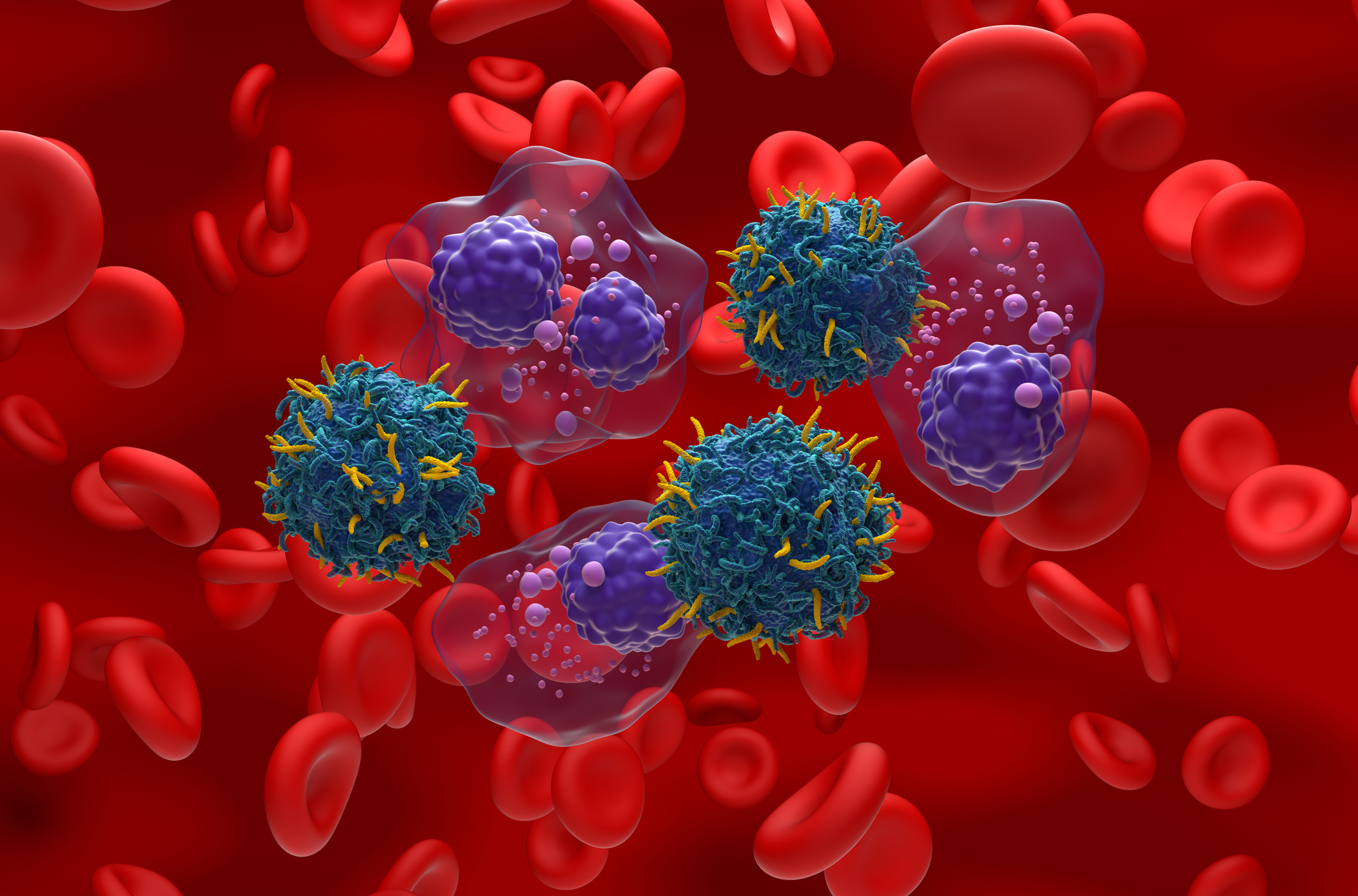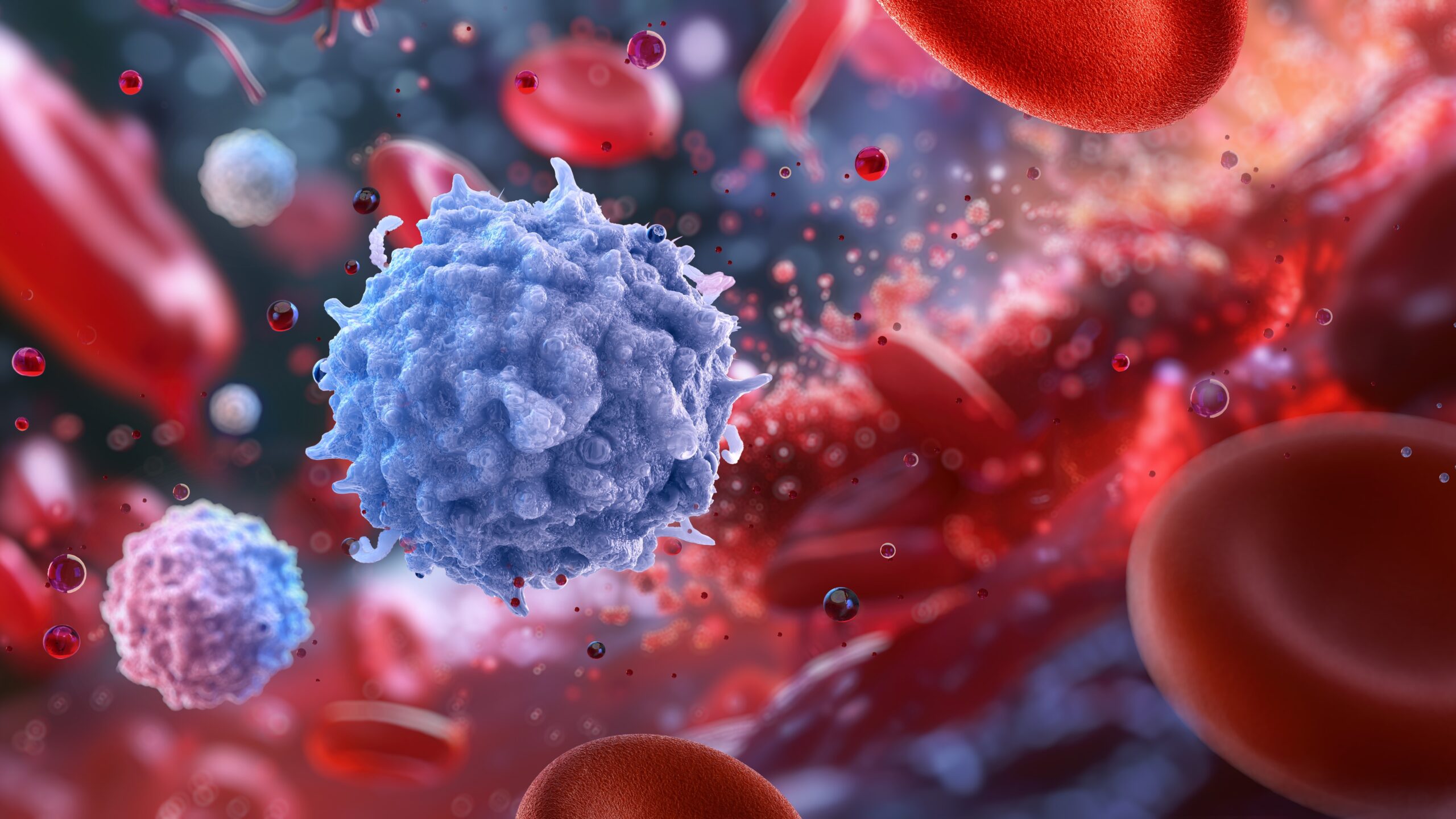
Second primary malignancies that develop after autologous hematopoietic stem cell transplantation (AHSCT) with maintenance therapy are associated with “poor survival” in patients with multiple myeloma, according to a recent study.
Brittany Knick Ragon, MD, of the Levine Cancer Institute at Atrium Health, and colleagues, conducted the study because clinical trials that employ AHSCT followed by lenalidomide maintenance have “shown an increased risk of second primary malignancies, including second hematological malignancies.”
The researchers used the Center for International Blood and Marrow Transplant Research to evaluate the impact of second primary malignancies, including second hematological malignancies, on progression-free survival (PFS) and overall survival (OS) in patients with multiple myeloma who received AHSCT.
The researchers included 3,948 adults with multiple myeloma who underwent their first AHSCT with a melphalan conditioning regimen in the United States from 2011 to 2018 and received maintenance therapy.
Of those patients, 4% developed a second primary malignancy at a median follow-up of 37 months. Most second primary malignancies were solid malignancies (64%), while 20% were myeloid malignancies, 2% were lymphoid malignancies, and 14% were second hematologic malignancies, not otherwise specified.
Second primary malignancies were associated with significantly inferior PFS (hazard ratio [HR], 2.62; P<.001) and OS (HR, 3.85; P<.001). Second hematologic malignancies were also associated with significantly inferior PFS (HR, 5.01; P<.001) and OS (HR, 8.13; P<.001).
There was an “increased incidence” of second hematologic malignancies in patients receiving lenalidomide or lenalidomide-based maintenance compared with those who received regimens without lenalidomide, according to the study’s authors.
However, Dr. Ragon and colleagues noted lenalidomide maintenance “improved survival outcomes without demonstrating a higher likelihood of [second primary malignancies] compared to those receiving non-lenalidomide regimens.”
The study’s authors suggested “longer follow up is required to further evaluate lenalidomide as a risk factor for the development of [second primary malignancies], as the median time to [second primary malignancies] per prior studies and in this cohort was nearly equivalent to the median follow up in this analysis.”
Multiple myeloma “remained the most frequent primary cause of death” in patients who developed second primary malignancies and second hematologic malignancies (42% vs 30% and 53% vs 18%, respectively).
“We conclude the development of [second primary malignancies] and [second hematologic malignancies] leads to a poor survival in patients [with multiple myeloma] and is an important survivorship challenge,” Dr. Ragon and colleagues wrote. “Given the median survival for [multiple myeloma] continues to improve, continued vigilance is needed to assess the risks of [second primary malignancies] and [second hematologic malignancies] with maintenance therapy post-[AHSCT].”
Reference
Ragon BK, Shah MV, D’Souza A, et al. Impact of second primary malignancy post-autologous transplantation on outcomes of multiple myeloma: a CIBMTR analysis. Blood Adv. 2023. doi:10.1182/bloodadvances.2022009138






 © 2025 Mashup Media, LLC, a Formedics Property. All Rights Reserved.
© 2025 Mashup Media, LLC, a Formedics Property. All Rights Reserved.